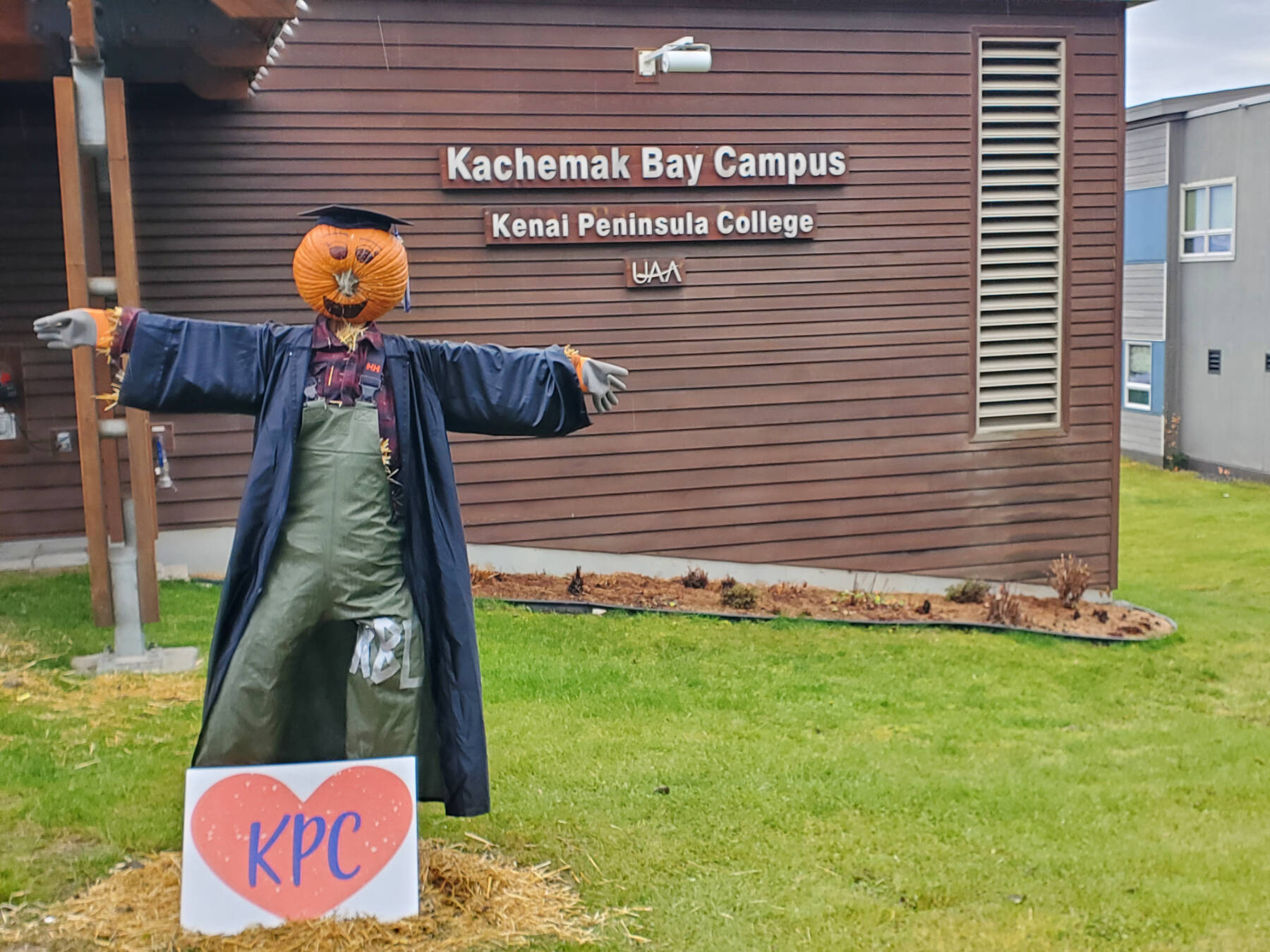Casey Matney, associate professor with the University of Alaska Fairbanks Cooperative Extension Service, is providing a course on Thursday evening, Nov. 30, on poultry, particularly chickens and the rearing and care for personal egg-laying stock and meat birds. The course is free and open to the public.
“We expect attendees to have a varied background. Some people might already have some experience with chickens, some people might be new to the climate of Alaska and some might be new to the entire idea of how to raise and care for birds,” Matney said. The course will also cover nutrition, nesting boxes and how to keep eggs free from chicken waste.
“One of the things we’ll talk about is how you get your chickens to start with. You can order live chicks and if you are interested primarily in eggs, that is primarily the way to go. Some breeds are easier to identify the sex of the animal than others. You can try, but you may still end up with a fair number of roosters. I’ll talk about how you need to order animals on a specific day for Alaska; most of them do come from out of state,” he said.
When you order chickens, you need to consider the time of year and temperature as most of them are coming through the postal service, especially if people have USPS boxes. According to Matney, it can be even trickier if you are starting with eggs because not all eggs make it safely to Alaska. The hatcheries are spread all over the United States.
“Where the birds come from depends on what breed you want to have. The breed influences features like the size and color of eggs and the number of eggs you’ll get each week. Some of the more robust layers will lay an egg almost every day but the bird may not be the friendliest, like the Novogen breed. This breed also fights with each other a lot and they might need blinders if you have that breed of bird,” he said.
Matney noted the different rearing techniques people might use. “If the birds are off in a pen by themselves, they’ll tend to be pretty flighty whereas others might be more docile if they’re hand-raised by children,” he said.
Many of the national hatcheries will start to provide eggs in the fall season. “If you want to have eggs starting in the spring, this is when you need to have the fertilized eggs or chicks shipped,” he said. “But if you’re going to have chicks in the winter you are going to need to have an insulated, warm space to house them.”
The course is offered with support through Natural Resources Conservation Service, Homer Soil and Water and the Kenai Peninsula campuses and is part of a series of courses called “Know Your Land.”
The next class in the series will focus on goats. One feature of raising goats that might appeal to people is that they can be very good at cleaning up shrubby property, Matney said. “Goats can be really good at opening up an acre of space, even clearing out the lower branches from trees as high as they can reach standing on their hind legs.”
For goats, one determination people need to make is if they are interested in dairy or meat goats. “Most people will choose to go with a dairy goat and one of the most common on the Kenai Peninsula is a Mini Alpine. They’re a friendly species. If you want to, you could breed them and they could start producing milk but that is an every day chore and if you don’t keep up with it the milk will cease, you have to keep up with the process,” he said.
Matney moved to Alaska in 2015 from Colorado where he worked as a rangeland extension specialist. He has degree in aquaculture and fisheries technology and then went to school for fish and wildlife. Following that, he became involved in rangeland management and ecology for both his BA and MA degrees. He now works with both Homer and Soldotna University campuses.


